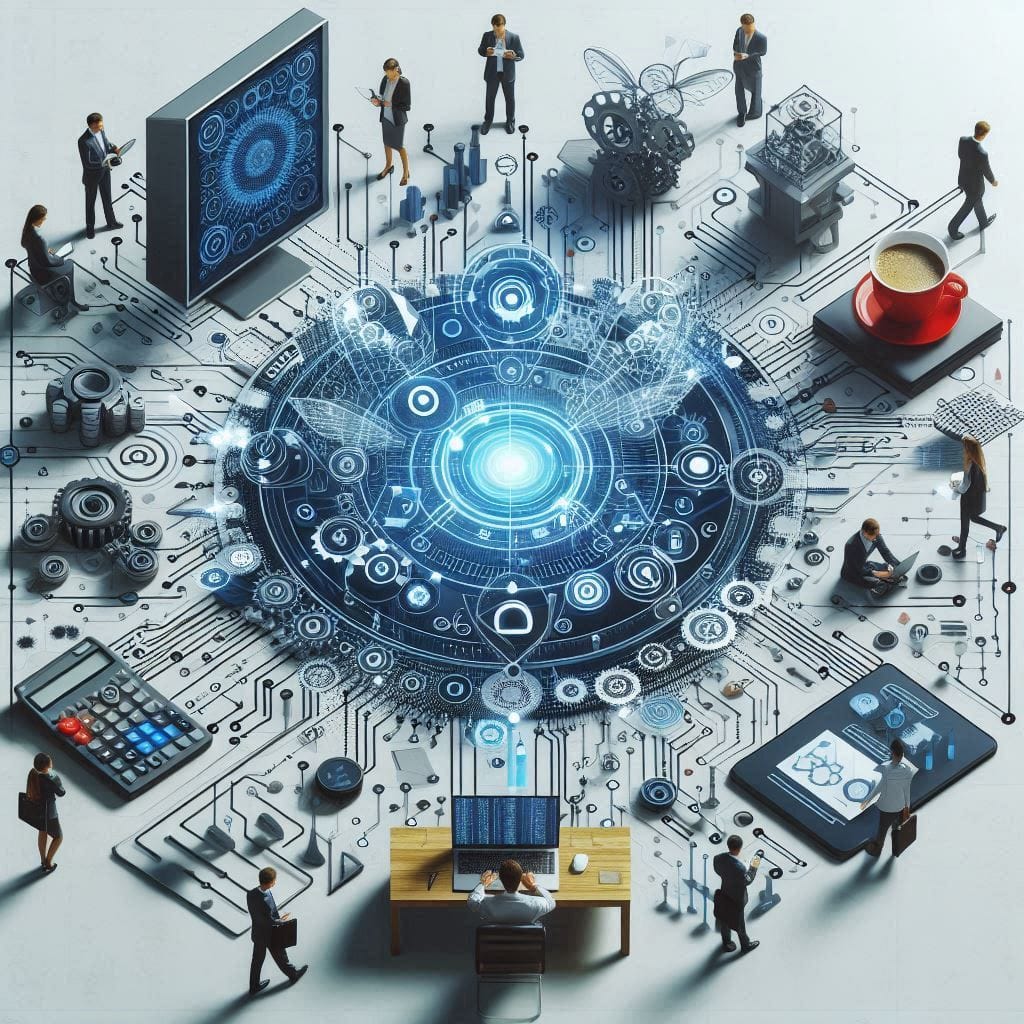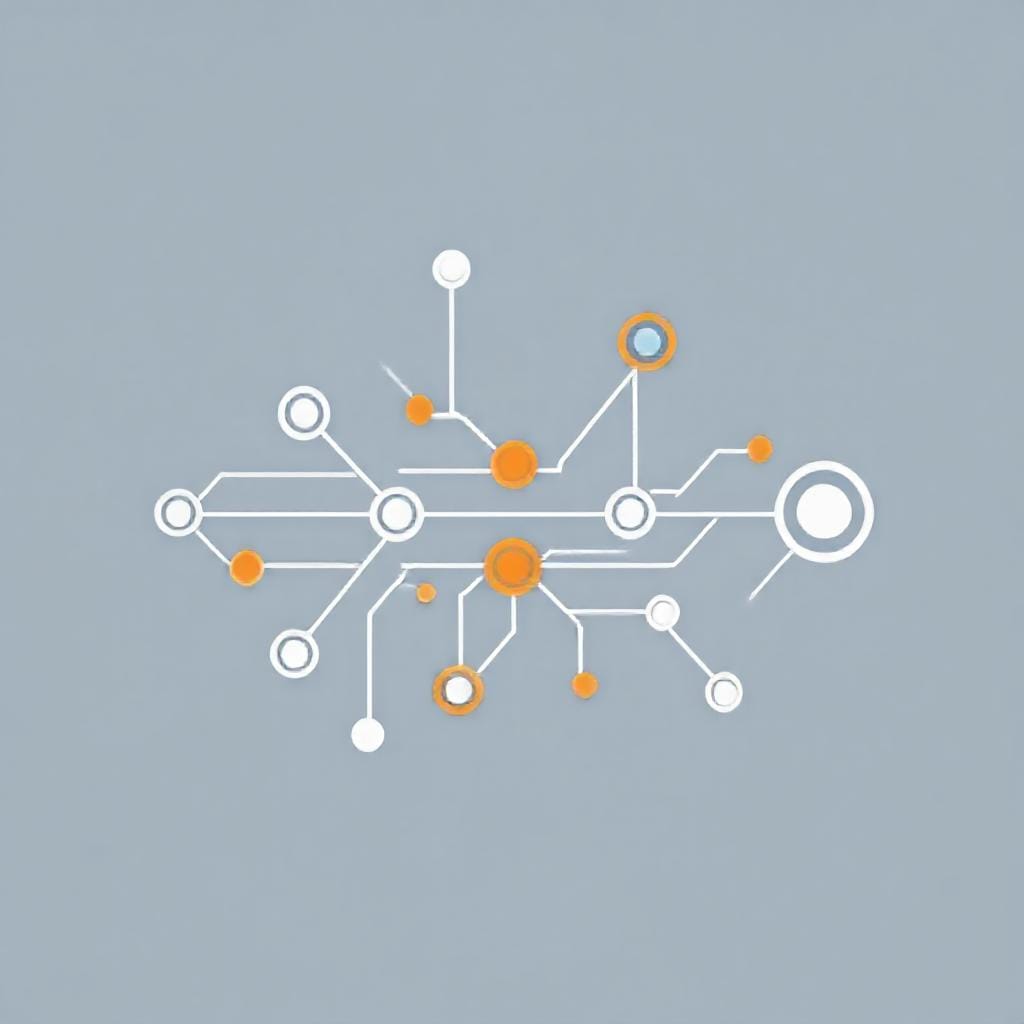AI as a Prediction Machine: Making Smarter Business Decisions Without Getting Misled
That One AI Project That Went Off the Rails (And What You Can Learn From It)
A few years ago, a retail chain decided to use AI to predict customer demand for winter coats. The algorithm crunched years of data—past sales, weather patterns, even social media trends. Everything pointed to a massive demand spike in November. So, they stocked up. But November came, and sales barely moved. Turns out, the AI model had picked up on a strong correlation—cold weather and high coat sales—but had missed causation. Why? Because the previous years’ sales surges weren’t due to winter itself but to early Black Friday discounts.
That year, the company delayed their promotions, and customers held off on buying. The prediction, while data-backed, completely misfired. And that’s the thing with AI—it’s an incredibly powerful tool, but only if you understand how it works. Otherwise, you risk making expensive decisions based on faulty predictions.
So, let’s break it down:
✅ How do AI models actually make predictions?
✅ How do you know if those predictions are accurate?
✅ How can you avoid common AI mistakes in business?
If you've ever felt overwhelmed by the prospect of integrating AI into your business, you're not alone. But here's the truth: AI isn't just for Silicon Valley moguls. It's a tool that, when understood and applied correctly, can revolutionize how you make decisions, connect with customers, and stay ahead in the market.
Let's embark on this journey together, demystifying AI and exploring how it can become your ally in business growth.
1. AI = A Prediction Machine (But What Does That Mean?)
At its core, AI is just a really, really good guesser. It doesn’t think like a human. It doesn’t understand context. It just analyzes patterns in data and predicts outcomes based on past behavior. Here’s a simple example: Imagine you run a coffee shop, and you’ve tracked customer orders for the last year. You notice that every Monday morning, oat milk lattes spike by 20%. An AI model would recognize this pattern and predict that next Monday, oat milk lattes will be in high demand. Pretty useful, right? But here’s the catch: AI doesn’t know why this happens. Maybe it’s because your Monday crowd is mostly fitness enthusiasts who prefer oat milk. Or maybe it’s just a coincidence. AI doesn’t distinguish between the two—it just sees a pattern and assumes it will repeat. This is where correlation vs. causation comes in.
It's crucial to remember that AI's predictions are only as good as the data it's fed. Garbage in, garbage out. Ensuring data quality and refining AI models over time is key to maximizing its accuracy.
AI should guide your decisions, not dictate them.
2. Correlation vs. Causation: The $1,000,000 Mistake
AI is fantastic at spotting correlations—when two things seem to move together. But it often struggles with causation—understanding why something happens.
🚨 The Mistake That Costs Businesses Big Time Let’s say you own an online store, and AI finds that customers who buy running shoes are also likely to buy protein powder. So, you start bundling them together in promos, expecting a sales boost.
But nothing happens.
Why? Because the correlation might be misleading. Maybe the same customers buy both items, but not for the same reason. Maybe one group is casual walkers, and another is hardcore athletes. Just because two things happen together doesn’t mean one causes the other.
Misreading AI predictions like this can lead businesses to:
❌ Spend marketing dollars on ineffective strategies
❌ Make bad inventory decisions
❌ Misinterpret customer behavior
3. How to Avoid AI Prediction Mistakes
To make AI work for you, apply these simple yet powerful strategies:
✅ Test AI’s Predictions Against Reality
If AI predicts a 30% rise in sales next month, monitor actual sales and compare. Regularly validating AI’s accuracy ensures that its insights remain useful.
✅ Look at Confidence Scores
AI often provides a probability score with its predictions. A 95% confidence level? Probably reliable. A 50% score? Approach with caution.
✅ Combine AI with Human Intuition
Let’s say AI suggests increasing ad spend on a product because sales spiked last month. Before acting, ask: Was it a one-time influencer endorsement? A seasonal trend? AI offers clues, but human judgment fills in the gaps.
🚀 Success Story: A wellness startup used AI to predict subscription churn. Initially, AI flagged customers based on engagement data, but retention strategies failed. When the team dug deeper, they realized why customers were leaving—poor onboarding, not lack of interest. By combining AI insights with qualitative feedback, they redesigned their onboarding and cut churn by 35% within six months.
4. How AI Predictions Actually Work (And Why They’re Not Always Right)
Step 1: AI Learns from Data
AI models are trained on historical data. The more data they have, the better they get at spotting patterns.
Example: An AI tool for a restaurant might learn that Fridays bring more reservations than Mondays.
Step 2: AI Finds Patterns & Relationships
It then looks for relationships between different factors. Does weather affect sales? Do discounts increase demand?
Example: The AI notices that rainy Fridays bring fewer customers, but Fridays with live music bring more.
Step 3: AI Makes a Prediction
Using these patterns, AI makes a forecast: "Based on past trends, we expect 30% more customers this Friday because it’s payday and we’re hosting a live band."
Sounds solid, right?
Step 4: AI’s Prediction is Tested (And Often Wrong!)
AI’s predictions aren’t perfect because real life is messy. Unexpected things—like a surprise storm or a viral TikTok video about your restaurant—can completely change the outcome.
And that’s why understanding accuracy is key. Watch for Overfitting (AI’s Bad Habit of Overanalyzing Data) Sometimes AI gets too good at spotting patterns and starts making weird connections.
Example: If an AI tool finds that sales drop when it rains, it might suggest shutting down on rainy days—without considering that people still buy online. AI should guide your decisions, not dictate them.
5. How to Use AI Predictions the Right Way
Now that we know AI isn’t perfect, how can we use it effectively?
🔹 DO: Use AI as a Guide, Not a Crystal Ball
AI can help inform decisions, but it shouldn’t be the only factor. Always use human judgment to interpret results.
🔹 DO: Look for Clear Cause-and-Effect Relationships
Before acting on an AI prediction, ask: Does this actually make sense? Example: If AI says “Customers who buy coffee also buy socks,” don’t just start bundling them together—first, investigate why this happens.
🔹 DO: Continuously Refine the AI Model
The best AI tools learn and improve over time. Regularly review predictions and adjust your data inputs for better accuracy.
🔹 DON'T: Assume AI is Always Right
AI makes mistakes—sometimes big ones. If a prediction doesn’t feel right, dig deeper before making costly decisions.
6. The Takeaway: AI is Powerful, But It’s Not Magic
AI can be an incredible asset for business owners, helping predict:
✅ Customer demand
✅ Marketing trends
✅ Inventory needs
✅ Sales growth
But the key is knowing how to interpret AI predictions correctly.
Remember:
📌 AI sees patterns, but it doesn’t understand them.
📌 Correlation isn’t causation—always double-check assumptions.
📌 AI should support your decisions, not replace your business instincts.
So next time an AI tool makes a big prediction about your business, ask yourself:
🤔 Does this actually make sense?
🤔 Is the AI confident in this result?
🤔 How can I test this before making a major decision?
Because the businesses that use AI wisely—without blindly trusting it—will be the ones that truly succeed.🔥 Let’s keep the conversation going! How are you using AI in your business? Share your thoughts on our socials—let’s learn from each other!
Sources & Further Reading:
📖 Harvard Business Review: "When AI Misfires: The Correlation vs. Causation Dilemma"
📖 McKinsey Report 2024: "The ROI of AI in Small Businesses"
Download your free AI playbook now!
This isn’t a technical deep dive or a hype-filled promise—it’s a practical playbook designed for busy founders and creators who want to work smarter, automate the repetitive, and unlock more time for what truly matters.
Inside, you’ll discover:
✅ How AI can handle tasks that drain your energy—so you can focus on growth
✅ The real ways AI is already helping businesses scale faster and more affordably
✅ Simple, actionable steps to start leveraging AI today—no tech skills required
The best part? You’re not late. You’re early. The world is still adapting to AI, and those who start now will have the advantage.
🚀 Download your free AI Playbook now and take the first step toward working smarter!

The AI Advantage: 10 Game-Changing Ways AI Can Streamline Your Business & Boost Growth
From Burnout to Breakthrough:
How AI Helps You Work Smarter, Faster, and for Less Time & Money.
Latest in AInsight
Categories
Newsletter
>> 🚀 Join AInsighters – your go-to source for mastering AI! Get exclusive tools, strategies, and case studies to grow your business and boost productivity. Stay ahead and scale smarter. Sign up today and get a FREE AI Playbook!
Created with ©systeme.io
Copyright © AIsociate 2025

